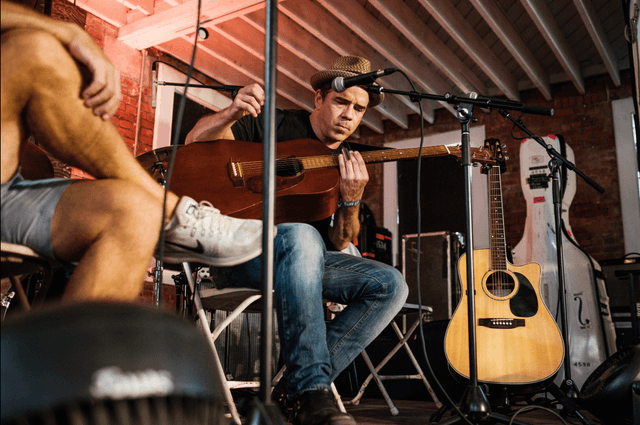
Two Trains Runnin' at 2018 Newport Folk Festival. CN giving a chat about the blues / civil rights Grammy Nom'd doc with Writer Ben Hedin, followed by the composer playing themes from the Original Score. The Museum Stage program also featured a set by Valerie June (who apprears in the film.)
©Sunway Photography / Annabelle Henderson
Essentially what we're hearing here is, for lack of a better word, almost a ghost theme. There are these archaic mystery bluesmen that have never had many clues as to where they are, who they are, and where they might be found. So this has a little bit of a hint of an enigmatic theme. Also just a mystery. Suspense. Are they ghosts or are they real? What actually happened to these bluesmen? There's a Banjo obstinato, layers of guitarviol harmonized melody accompanied by a bass choir– me playing four parts of a bowed bass part, accented with soprano banjolele high plucks.

Very similar tonality here to 40, 100 or dead. Only now this one brings in a slide guitar. This is my September 10th guitar. There’s some foot stomping through my copper phone microphone. This is one of the cues that really does try to acknowledge all the wonderful contributions, songs and music in the film, including Gary Clark Jr and others. We are hearing some banjo. I would certainly say I'm not a great banjo player, but it has a wonderful, just kind of a reverb tail to the end of that sound.
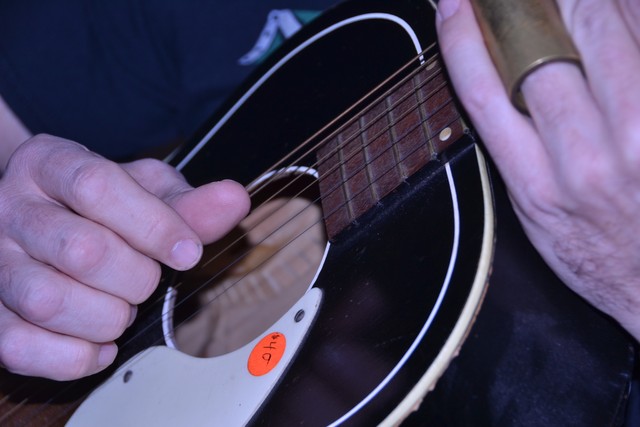
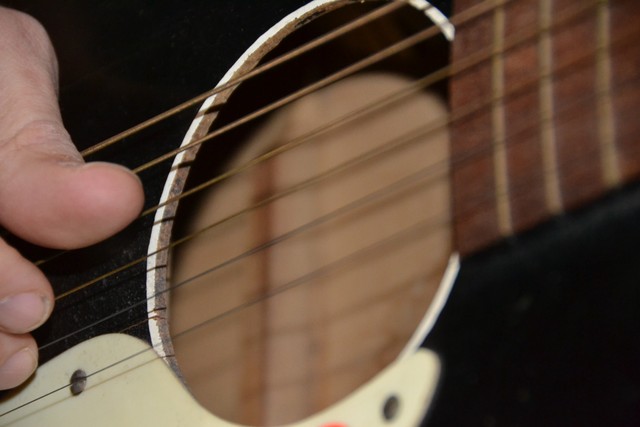
This is Country at War. This longer queue here serves as a setup to all that was happening in the country. War, Ku Klux Klan movements and civil rights movements. We're hearing some distortion and some other kinds of texture. There is a little bit of a connection to Hendrix in this film in the sense of blues, old blues and distortion. I do remember I did have a lot of fun playing electric bass on this one with a muted kind of a sound. I'm also using some reverse sounds here, there's some backwards guitar in this. It’s an acoustic guitar that is played fingerstyle, to create a folky, civil rights activist sound.
This is the Blues Grapevine track number four. You'll notice that it starts off a half step lower and then kind of fades into itself. This scene in the film shows the searching for the enigmatic blues musicians Skip James and Son House. The blues fans are on the trail and they just might find them. They're getting closer and closer.
Journey Southland, this is track number five. One interesting sound in here comes from a comb on a percussion instrument. This also has a lot of Roli in it, hammered dulcimer, but played on a Roli. My inspiration for this que came from me seeing a hammered dulcimer player in Central Park. Journey Southland’s scene also has a little bit of magic and mystery to it. Our two blues fans are in an ultra-wealthy home on the upper West Side, right on Central Park.

Check out a video of me and Roli HERE
This sixth que brings in a lot of distorted sounds that have some reference to Hendrix, and to the viscerality of how Hendrix expressed what happened in the 60s. It serves as a through line between all that we know about guitar playing from Skip James, Son House, Jerry Clark, Buddy Guy and all the folks that are described in the film. We've got our time marching on acoustic guitar sound with a muted approach to both electric bass and guitar. More of the hammered dulcimer coming in too.
Our blues fans are getting closer to discovery, getting closer to finding them. There's a trail, and there's a light at the end of their tunnel. They're following more leads. They're getting there. This is another one that needed a little bit of magic. What would it mean to be a blues fan in 1963 and go look for one of your idols? To realize that you're getting closer to finding them? The hazy sound that we're hearing is a technique I use that involves taking an acoustic sound and putting it through different kinds of processes. The scene in the film is animated, and has more tension than any other part of the film.
Three Jewish guys in the South in a red VW, looking for Black artists, it was an issue. There is a coming of age for these Blues fans, having no idea what they've now stepped into. We of course learn later that the three civil rights workers were murdered around the same time of the scene, so we're also feeling the stakes. The audience knows something that the folks in this film don't know. It really was possible to go to the South and get murdered, even if you're well-intentioned. This is our first time that we're getting some of that slide guitar opening, as well as the ukulele and the banjo.
This is the most tense music in the entire film. The animation, and Dick Waterman talking about this story was very inspiring. There's a little pluck sound playing a single note from my 1930’s Gibson Banjolele that really captured and focused the tension.
Here we have a little bit more hope that our blues fans are going to find Skip and Son. Yet still, they're unsafe in the South and anything could go haywire at any moment. There is a marching sound to the guitar. It’s indicative of seeing cops and military on screen. The march of these groups and, alongside the march of time that is happening. There are layers and layers of distortion and reverb. My intentionality was having things being clear and rough at the same time. Again, a haze machine, tales of sound. End of the Rainbow goes right into Open Season, another cue. Open Season is a return to our main theme. Darker inference here that for our blues fans could lose their lives. They're in peril just by being in the South.
Here we are really starting to feel the excitement. Our fans are getting a lot closer. They're about ready to go find Skip James and Son House. It’s a quick and cool takeoff movement to We Got’ Em!
We Got’ Em represents time folding on itself. In the scene, the real, actual blues fan, who is now so old, speaks about finding these mystery blues artists. It's really interesting, an older person talking about something magical that happened in 63. What does it mean to trace routes back? These are guitar players that affected the world, and by finding them, it meant that they could play at Newport Folk Festival. Again, we're hearing mostly guitars; bowed guitars, electric bass, a little bit of cymbals. I decided not to use drums on this. This is an underscoring where all of a sudden you have big swells of sound, representing big swells of emotion.
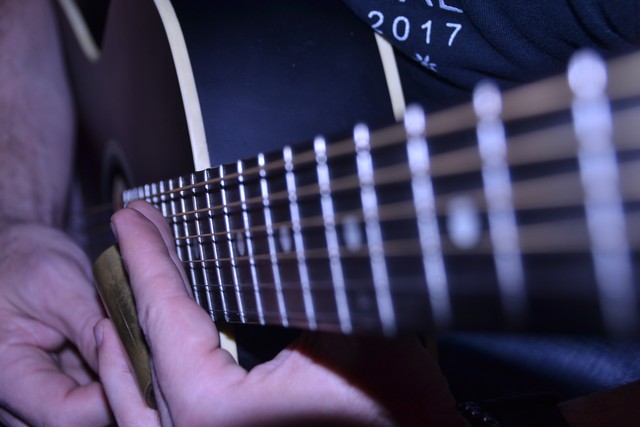
Similar to “We Got’ Em”, this is another discovery scene. What does it mean to meet your hero? But more importantly, what does it mean to meet your hero when they are old? Our Blues fans have been listening to this music forever, and now they're meeting someone that is deteriorating, and in one case, doesn't even play guitar anymore. I imagine a certain surreality to that, and a heartbreak that Skip James and Son House haven't been more appreciated. Yet out of nowhere, here comes this race to see if they can figure out a way to have them perform.
It sounds like a long title, but it's a very specific place in the history of Newport Folk Festival– a giant field. Believe it or not, I once saw a screening up in Newport on this field. There's a really beautiful shot of Skip James and the blues crowd in this scene. People talk about his guitar playing being a really mesmerizing sound, and that's what I wanted to capture. What would it have been like to have seen Skip James finally performing again. What ways did that affect everyone who was there?
We are now leaning into the darker part of the story. Neshoba Country is, of course, the county where they found the three civil rights workers murdered. One of the most painful parts of this film is seeing family members talk about this. For me emotionally, this was leaning into the immense, unfathomable pain of losing a child. I think it's really painful to watch the black woman talk about losing her child, knowing that nobody would have cared had her child not been murdered with two white folks.
Key to the Human Heart sums up the whole film. A challenge here was that it really needed to hit all the themes in the film so far. Not just the murder and the pain, but the magic of finding Skip James and Son House. What it meant to the six men that went to go look for them. What it meant to the Newport Folk Festival audience to hear these blues artists. This is open G tuning down a minor third. It was kind of my gateway for this cue. I knew this was going to be one of the trickier cues to get approved, in terms of the material production and approach. I think once I allowed myself to play in that tuning, it kind of opened up something. I knew the guitar had to be more up front. I added a little bit of some other plucks from some other things. A lot of textures, some haze.
LOTS of TTR related Links Here.
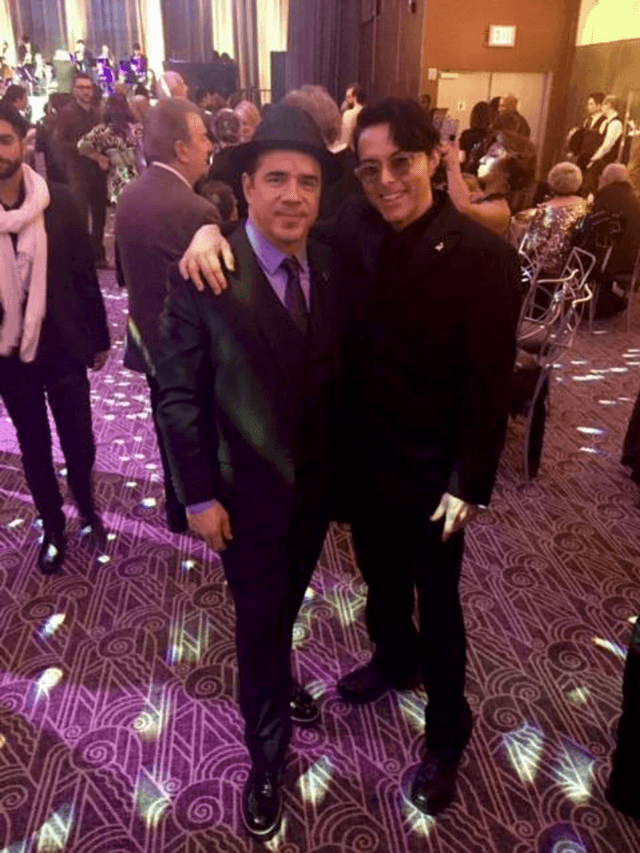
Sundance Fellow Christopher North (he/him, b 1969) is an award winning composer (Film, Theater, Dance and the Concert Stage), singer/songwriter (eclectic albums, songs for children’s TV and placements in Films), multi-instrumentalist (Carnegie Hall, Newport Folk Festival, CBGBs, Grammy award-winning recordings), conductor (Hollywood Chamber Orchestra debut, Carnegie Hall, Symphony Space) and producer. A Texan in NYC since 1997, he’s thriving in Brooklyn with over 20 genre crossing albums, scores to over 60 films (inc. award-winning and Grammy Nominated) and a growing opus of arts songs, chamber music and symphonic works. An enthusiastic educator and Associate Professor in the Berklee College of Music Songwriting Department, he has also taught at the 92NY since 1997. As a freelance sideman, he has played bass for Quincy Jones, with The Chicks (formerly the Dixie Chicks) and Rosanne Cash, in orchestras and on Broadway. He’s been heard as a singer (in choirs with the NY Philharmonic, on Grammy Award Winning Recordings), whistler (for Disney) and multi-instrumentalist on countless scores, albums, video games and commercials. A 2015 Sundance Institute Lab Fellow, collaborating brings out his best, for which VARIETY says he's a "notable asset” to work “well served by a fine soundtrack.” His favorite creation is his teenager Koi and his hobbies include painting, photography, and walking in cemeteries.
Pictured left is Christopher North with Richard Barone at the Ziegfeld Ballroom for the Grammy's reception.
